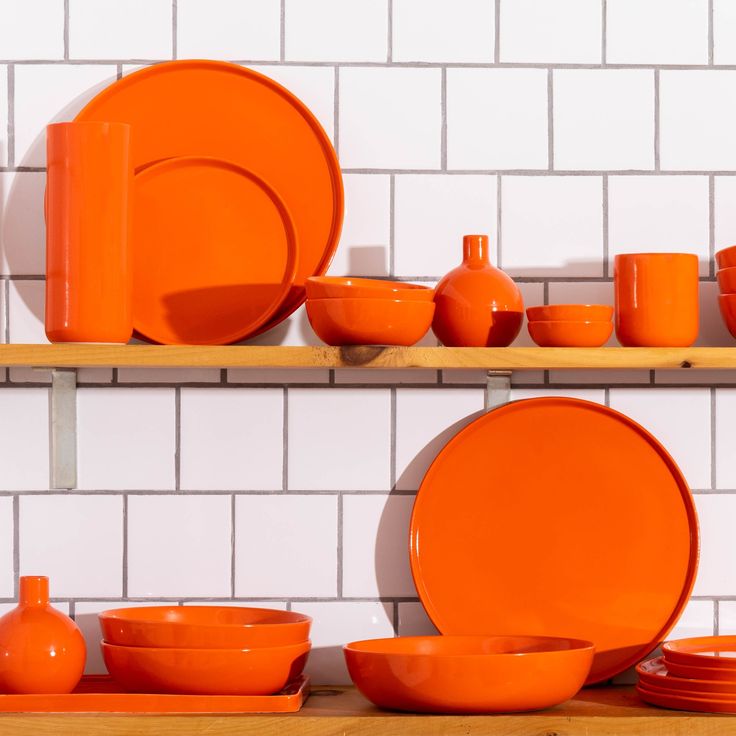Roasting is a culinary technique that has been cherished for centuries, known for its ability to transform simple ingredients into phenomenal dishes filled with rich flavors and appealing textures. The right roasting cookware can make all the difference in achieving that perfect roast. Types of roasting cookware range from traditional roasting pans to Dutch ovens, each designed to enhance cooking results. Selecting the right cookware can help you create succulent, delicious roasts that keep friends and family coming back for more. In this article, we will explore various facets of roasting cookware, offering tips and tricks to help you achieve successful cooking endeavors every time.
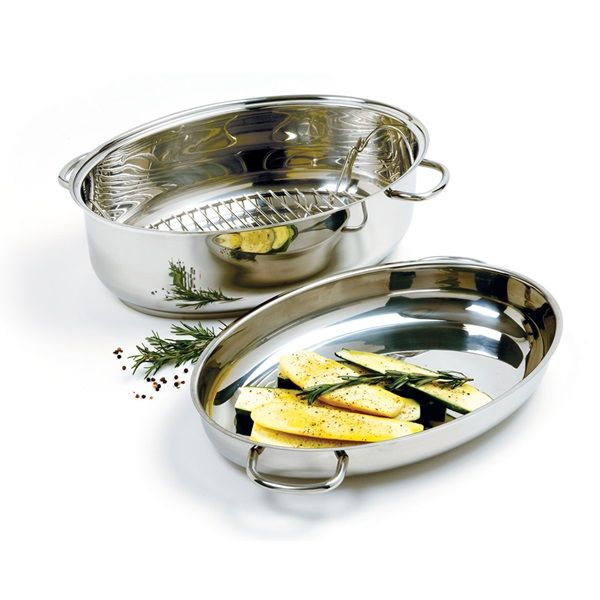
Understanding Different Types of Roasting Cookware
When choosing your roasting cookware, understanding the available options is essential. Each type offers unique benefits that can significantly influence your cooking results. The various materials, shapes, and sizes all play critical roles in how your food turns out. Among the most common types are stainless steel, cast iron, and non-stick roasting pans.
Stainless steel cookware is highly durable. Its ability to distribute heat evenly makes it perfect for achieving that desirable crisp skin on proteins, such as chicken or pork. With this material, you can expect consistent cooking results every time you roast.
On the other hand, cast iron cookware is revered for its excellent heat retention. This means it stays hot longer, allowing for deeper flavor development while slow-roasting meats. The even cooking properties of cast iron ensure that your roasts are tender and juicy.
Non-stick pans also offer unique advantages. They simplify cleanup significantly, making it easier to handle after a busy cooking session. However, these pans require careful handling to prevent scratching, prolonging their lifespan.
Exploring these variations allows you to discover the perfect roasting cookware suited to your specific cooking needs. Each type has its strengths, helping you create delicious, flavorful roasts.
Essential Features to Look for in Roasting Cookware
When selecting roasting cookware, certain features can significantly enhance your cooking experience. One important aspect is the shape of the pan. Look for cookware with high sides and a flat bottom. This design helps to keep juices contained during the roasting process. It also ensures that your ingredients roast evenly, contributing to better flavor development.
Another critical feature to consider is the presence of handles. Handles make it easier to maneuver the cookware, especially when it’s laden with a heavy roast. A good set of sturdy, heat-resistant handles allows for safe transitions from the oven to the table.
Additionally, the construction of the roasting pan matters greatly. Choose options made from robust materials that can withstand high oven temperatures without warping. This durability is necessary for consistent cooking results over time.
Many modern roasting pans also include racks. These racks promote optimal air circulation around the food, which improves browning and crispness. Overall, these essential features can greatly enhance the flavor and texture of your roasts, ensuring the perfect culinary results every time.
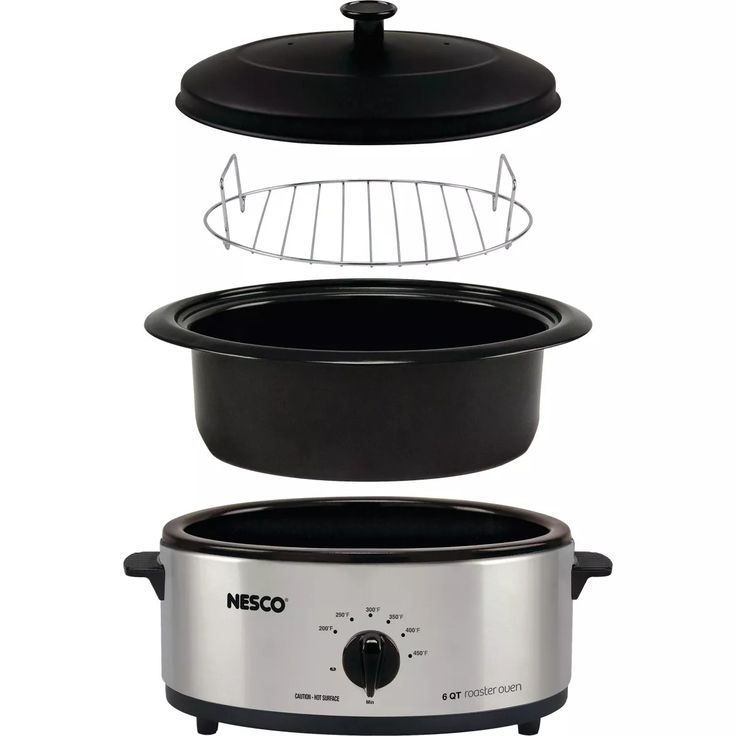
The Importance of the Right Materials
The materials used in roasting cookware play a crucial role in determining cooking times, flavors, and the overall quality of your roasts. For instance, stainless steel and aluminum are excellent choices for those looking to cook foods quickly. These materials heat up rapidly and distribute heat evenly, making them ideal for roasting meats and vegetables.
In contrast, ceramic and glass roasting pans can take longer to heat but provide a gentler, more consistent heat. This gentle cooking style allows for even roasting, resulting in deliciously tender dishes. If you aim for a deep, caramelized flavor, consider using a cast-iron pan. Cast iron is known for its exceptional heat retention and distribution, making it a favorite for achieving rich, flavorful roasts.
Different materials react uniquely to various cooking styles, so it’s essential to experiment to find your preferred option. By understanding the importance of materials, you can choose the right roasting cookware. The correct selection will significantly enhance your ability to create flavorful, tender, and juicy roasts that impress your guests and satisfy your taste buds.
Preparing Your Ingredients for Roasting
Preparation is essential for achieving optimal results when using roasting cookware. Start by selecting fresh, high-quality ingredients. The quality of your ingredients will directly impact the flavor of the final dish. Proper seasoning is crucial. Season your meat or vegetables with salt and pepper to enhance their natural flavors.
If you choose to marinate meats, it can add depth and complexity to the dish. Allowing the marinated meat to sit at room temperature for at least 30 minutes before roasting ensures even cooking throughout the meat. Cold meat placed in a hot oven can cook unevenly, leading to dry spots.
Utilizing aromatics, such as fresh herbs, garlic, and citrus, can elevate the flavor profile of your roast. Adding these ingredients not only enhances taste but also infuses delightful aromas into the dish.
Finally, arrange your ingredients thoughtfully in the roasting pan. Place denser vegetables at the bottom to absorb flavorful juices from the meat above. With careful preparation, your roasting cookware will perform at its best, resulting in delicious and flavorful roasts every time.
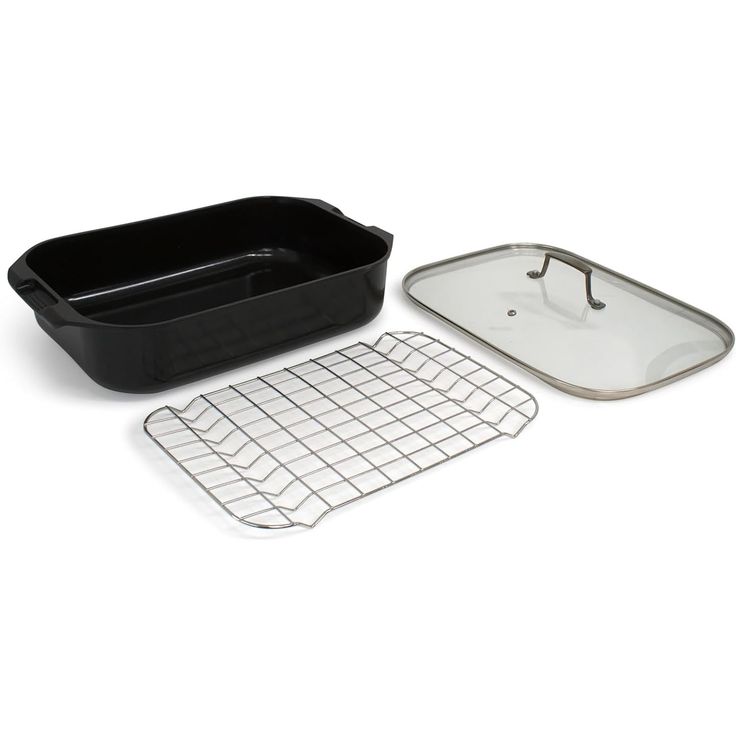
The Perfect Roasting Technique
Mastering roasting techniques is crucial for achieving flavorful results in your cooking. The first step is preheating your oven to the desired temperature. This usually ranges between 350°F and 450°F, depending on the type of food you are roasting. Preheating ensures that your food begins cooking immediately for even results.
Next, it’s time to place your seasoned ingredients into the roasting cookware. Make sure the ingredients have enough space to brown nicely without touching too much. Overcrowding the pan can lead to steaming rather than roasting, which affects the final texture and flavor.
Consider employing techniques such as basting during the cooking process. Basting adds moisture and extra flavor to your meat, enhancing the overall taste.
Be aware that cooking times can vary significantly based on the size and type of roast you are preparing. Using a meat thermometer is highly recommended. This handy tool ensures you get accurate readings, helping your roast reach the perfect level of doneness each time. With these techniques, your roasts will undoubtedly impress.
Understanding Roasting Times and Temperatures
Roasting times and temperatures are crucial for ensuring a successful roast. The specific cooking time can vary significantly depending on the type of protein or vegetable you are preparing. For instance, lean meats such as poultry typically require around 20 minutes of cooking time per pound at a temperature of 375°F. This allows the meat to cook through properly while achieving a nicely browned exterior.
On the other hand, tougher cuts of meat, such as brisket, often need longer cooking times at lower temperatures. This approach allows the connective tissues to break down, resulting in optimal tenderness and flavor. For vegetables, roasting at a higher temperature can bring out their natural sweetness and caramelization, enhancing their overall taste.
To achieve the best results, it is essential to refer to a reliable cooking guide. These guides provide standard roasting times for different cuts and types of food. Adjust your cooking times based on your specific setup. By having a solid understanding of roasting times and temperatures, you can maximize your roasting cookware’s potential for wonderful culinary outcomes.
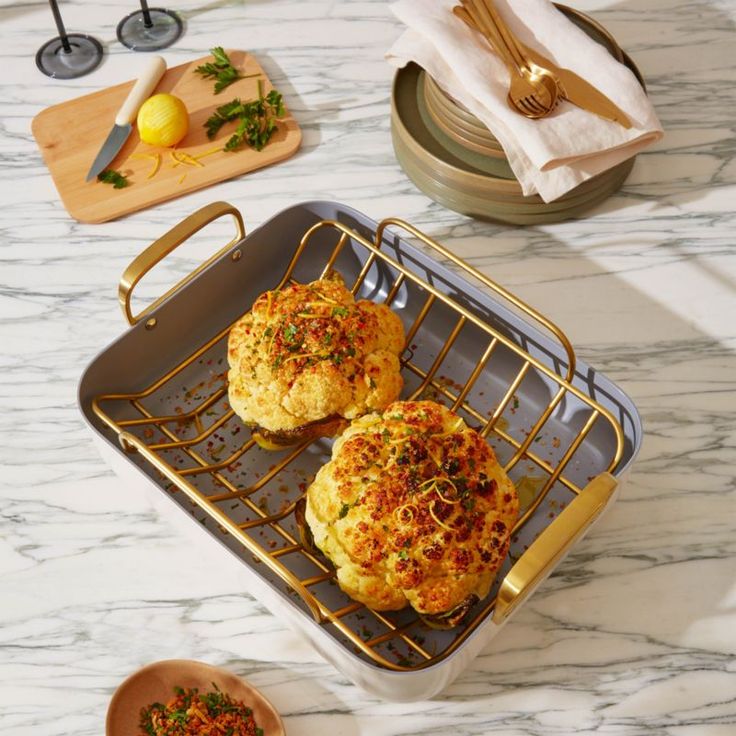
Cleaning and Maintaining Your Roasting Cookware
Cleaning and maintaining your roasting cookware is essential for ensuring its longevity and continued performance. Proper care not only extends the life of your cookware but also improves your cooking results. After using non-stick surfaces, avoid soaking them excessively. Soaking can lead to damage over time, as can using steel wool or abrasive scrubbers. Instead, opt for mild soap and a soft sponge to clean these surfaces gently.
For cookware made of stainless steel or cast iron, using baking soda can work wonders. Baking soda effectively removes stubborn residues and helps restore the surface’s shine. It’s also important to periodically season your cast iron pans. This simple step maintains their non-stick properties and prevents rust.
In addition to regular cleaning, inspect your cookware for any signs of wear and tear. Taking these precautions ensures that your roasting cookware remains in excellent condition. With proper care, your roasting pans will continue to be impeccable tools in your kitchen, ready for countless roasting adventures. Enjoy the results of well-maintained cookware with every meal!
Troubleshooting Common Issues with Roasting
Even with the best roasting cookware, issues can arise during the cooking process. Common problems such as uneven cooking or excessive dryness can often be remedied with simple adjustments. Ensure you are not overcrowding the pan and allow enough space for air circulation. If your roast frequently comes out dry, consider lowering the cooking temperature to allow for more even cooking. Additionally, using a meat thermometer can eliminate guesswork, ensuring your roast is cooked perfectly without becoming overdone. Troubleshooting these common issues can lead to a more enjoyable roasting experience and consistent results.

Conclusion: Embrace the Joy of Roasting
In conclusion, mastering the use of roasting cookware is an essential skill for anyone passionate about cooking. From understanding different types and materials to mastering techniques and troubleshooting issues, the journey to creating flavorful roasts is highly rewarding. With the right roasting cookware and knowledge, you can create incredible meals that impress at any gathering. So, embrace the joy of roasting—experiment with flavor combinations, enjoy the process, and delight in the delicious results. By making the most of your roasting cookware, every roast can be a triumph!
